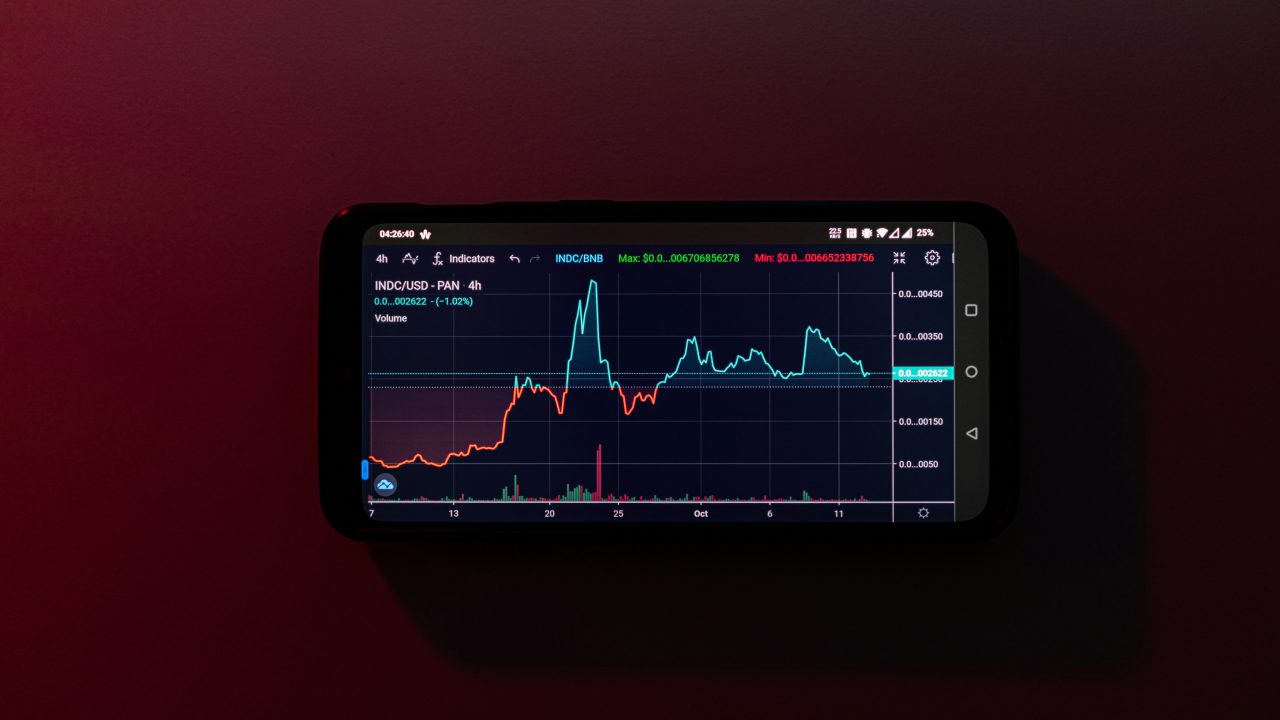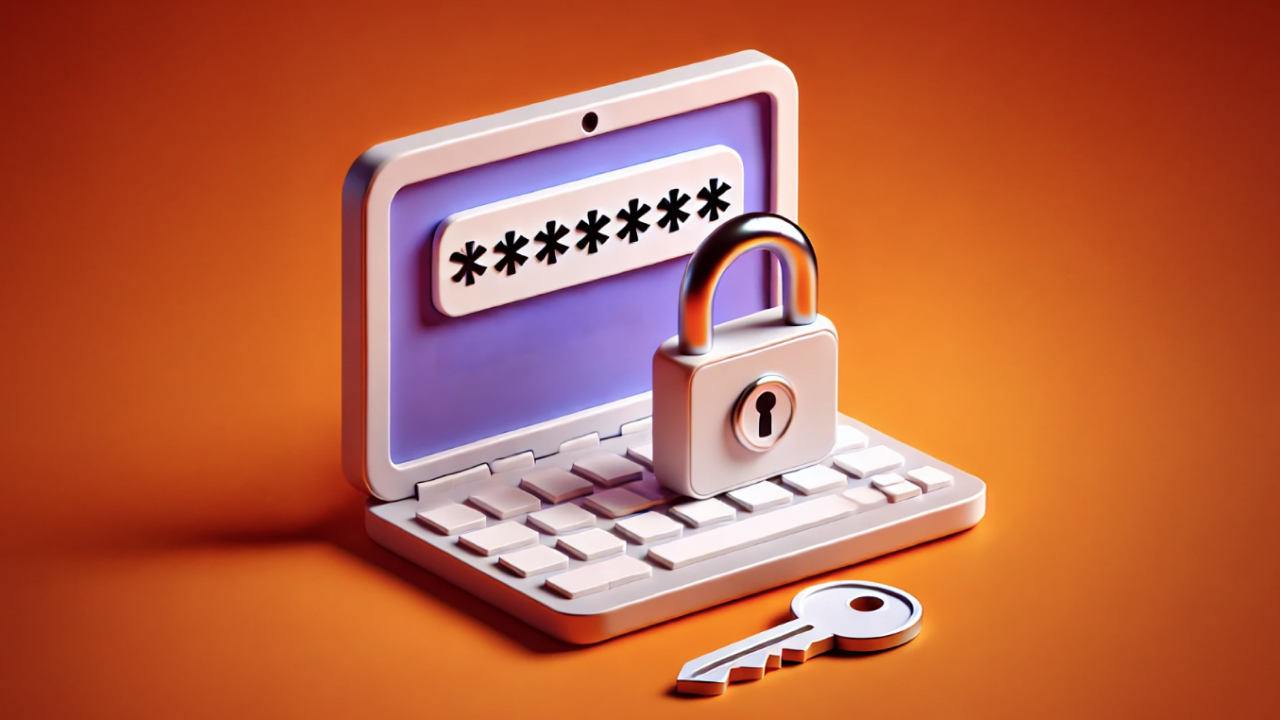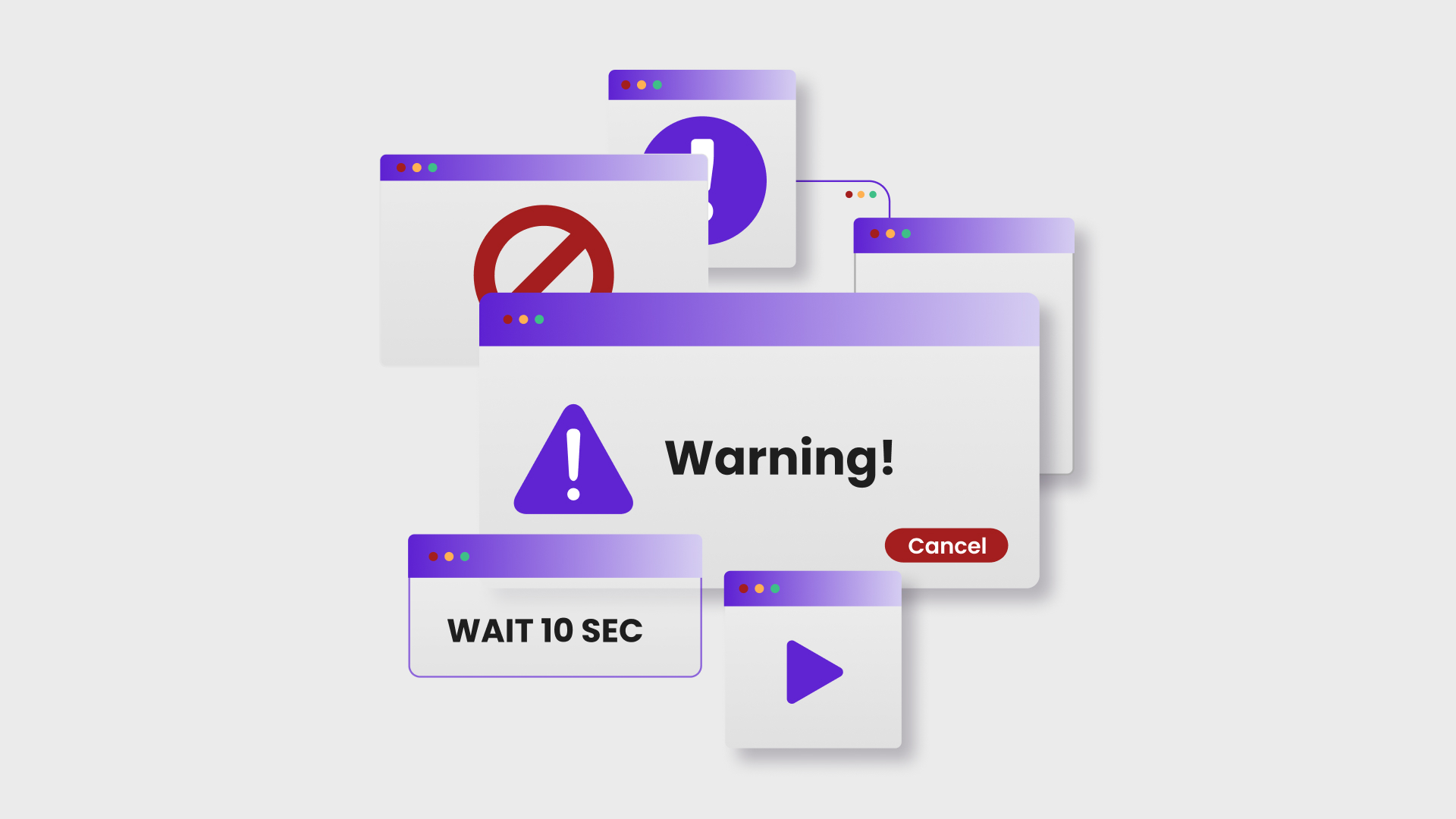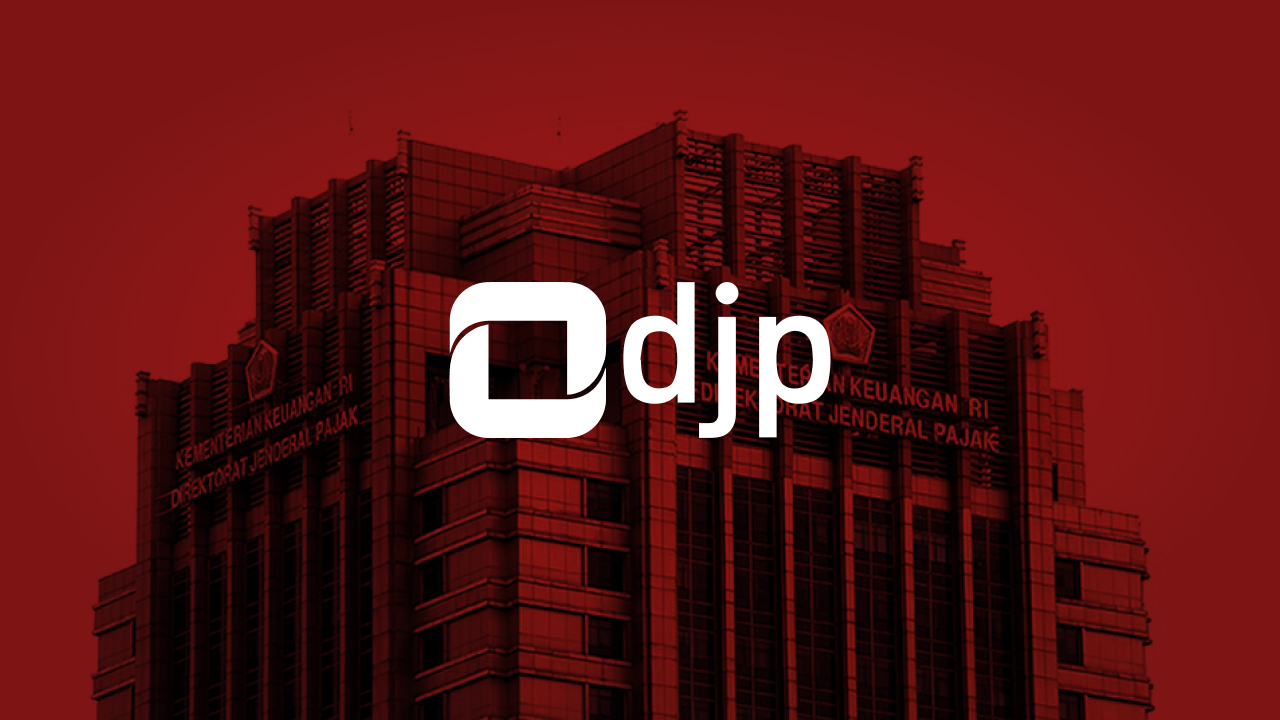By Patricia A. Pramono • Studio 1080, Published on September 20, 2024
TABLE OF CONTENTS
On September 11, 2024, one of Indonesia's largest cryptocurrency exchanges suffered a significant security breach, resulting in the loss of approximately $22 million in digital assets, including Ethereum (ETH), Bitcoin (BTC), TRON (TRX), and Polygon (POL). This breach primarily targeted the exchange’s hot wallets, which are vulnerable to external attacks because they are connected to the internet for quicker transactions.
In response to the attack, the exchange suspended all operations for full system maintenance to prevent further losses and to thoroughly investigate the security breach. During this downtime, as reported by Bloomberg and Detik Finance, the CEO of the platform reassured customers that their funds held in rupiah remained safe and were not affected by the breach. He further stated that the exchange was working closely with cybersecurity experts to determine how the attack was carried out and to prevent future breaches.
Speculation has surfaced that the Lazarus Group, a notorious hacking collective with ties to North Korea, might be responsible for this attack, as reported by KataData and Bloomberg. This group has been linked to several high-profile cryptocurrency breaches in the past, leveraging advanced hacking techniques to steal digital assets across global platforms.
Despite the platform's quick response, the hack highlights vulnerabilities that even large exchanges face, emphasizing the alarming importance of robust cybersecurity efforts and systems.
A Warning for Businesses: Lessons Learned
This breach not only highlights the vulnerabilities faced by large cryptocurrency exchanges but also underscores a universal truth for all businesses: in today's digital age, cybersecurity is non-negotiable. The financial sector may be a primary target, but every business—regardless of industry—must recognize the risks and prepare accordingly. Whether you handle sensitive financial transactions or customer data, the potential damage from a cyberattack can cripple your operations, finances, and reputation.
Here’s what your organization can do to safeguard against similar attacks:
1. The Importance of a Security Operations Center (SOC)
A Security Operations Center (SOC) is crucial, providing 24/7 proactive monitoring and access to cybersecurity experts. With the rise of sophisticated cyberattacks like this one, SOCs are essential for detecting threats early and responding in real-time.
Read more: Staying Ahead of Threats with 24/7 SOC Proactive Monitoring
-
Key Benefits of SOC:
-
Real-time threat detection and incident response: Constant monitoring helps detect suspicious activities before they escalate. SOCs also coordinate all actions in response to attacks, ensuring timely and effective mitigation.
Read more: Threat Intelligence: How It Predicts and Prevents Cyber Attacks
-
Forensic investigation: Our proactive SOC can further conduct forensic investigations post-incident, identifying the root cause and providing valuable insights to prevent future breaches.
Read more: The Role of Forensic Investigation in Strengthening Cyber Security Postures
-
Advanced technologies: Cisometric’s next-generation SOC leverages more than 100 AI and machine learning technologies to analyze patterns and detect anomalies that could indicate potential breaches.
Read more: AI and Machine Learning, the Future of Cybersecurity
With a Security Operations Center, especially a next-gen one like ours, businesses can safeguard their platforms by staying one step ahead of attackers, crucial in preventing and mitigating the kind of breach seen in this case.
2. Conduct Routine Risk Assessments
Routine risk assessments are essential for identifying vulnerabilities within IT infrastructure. By regularly assessing systems, businesses can identify potential security gaps and address them before hackers have a chance to exploit them.
-
Actionable Steps:
-
Conduct penetration testing to simulate attacks and expose weaknesses.
-
Businesses should also conduct third-party risk assessments, especially if they rely on external vendors, to ensure that all parties maintain strong security protocols.
3. Regularly Update Software and Patch Vulnerabilities
Outdated software is a common entry point for cybercriminals. Businesses must prioritize regular updates and patch management to close known security gaps and protect sensitive data.
-
Actionable Steps:
-
Automate software updates to ensure critical patches are applied as soon as they become available.
-
Regularly audit systems to identify outdated software that may be vulnerable.
4. Educate Users on Security Best Practices
Last but certainly not least, while maintaining a strong cybersecurity posture within your company is crucial, educating your users is equally important! Often overlooked, user education plays a pivotal role in preventing breaches. After all, even the most secure platform can be vulnerable if users aren't following essential precautions.
Here are key steps you can encourage users to take:
-
Use Strong, Unique Passwords: Encourage users to create complex passwords and avoid reusing them across multiple platforms. Simple passwords are easy for hackers to guess, while complex ones make their job much harder.
-
Enable Two-Factor Authentication (2FA) or Multi-Factor Authentication (MFA): Although 2FA is the more common term, it typically involves two methods of verification, such as a password and a one-time code. MFA expands on this by incorporating multiple layers of security, like biometric data (fingerprint or face recognition). Urge users to always enable MFA, especially for sensitive transactions, to secure their accounts further.
-
Educate Users on the Various Types of Phishing Scams: Phishing attacks are designed to trick users into giving away sensitive information. Teach users how to spot these scams, which often arrive as emails or messages posing as legitimate entities. Examples include fake links, urgent requests for account details, or attachments that prompt the installation of malware.
-
Avoid Public Wi-Fi for Sensitive Transactions: Public Wi-Fi is a favorite target for hackers. Advise users to avoid logging into financial accounts or conducting sensitive activities on unsecured networks, as attackers can easily intercept their data.
-
Safeguard Private Keys in Crypto Wallets: For cryptocurrency users, the private key is the most critical element of their wallet. Encourage users to store private keys offline, ideally on paper or in a secure manual form (such as a notebook stored in a safe place). Emphasize that losing this key means losing access to their funds, making secure storage vital.
This user education guide should be one of the cornerstones of your communication strategy, whether it’s shared on social media, delivered as pop-up reminders within your platform, or included in email updates. By integrating these security precautions into your communications, you’re not only creating a safer environment for your business but also empowering your users to take control of their own security. This proactive approach helps protect their assets and personal information, reinforcing trust and security across your platform.
Strengthen Your Cybersecurity Now
The recent breach underscores that cybersecurity is no longer an option but a critical requirement for all businesses, not just financial institutions. Implementing a Security Operations Center (SOC), conducting regular risk assessments, keeping software updated, and educating users on essential practices like 2FA/MFA, phishing awareness, and securing crypto wallets can prevent such attacks. Taking these proactive measures protects your operations and builds trust with users.
Ready to protect your business?
Schedule a meeting with Cisometric to discuss how our cybersecurity solutions can safeguard your digital assets and strengthen your security infrastructure. Let us help you stay ahead of threats in this ever-evolving digital landscape.
Also follow us on LinkedIn for more updates regarding insights and the tips to protect your organization like this.
LinkedIn: Cisometric






